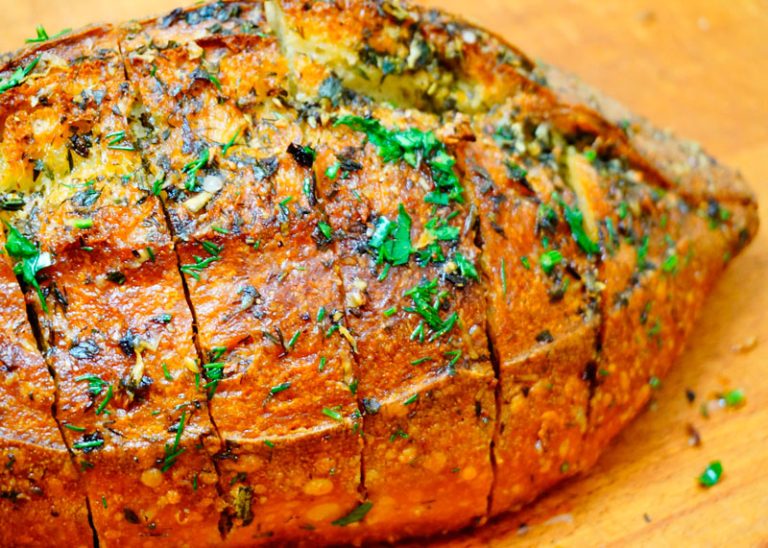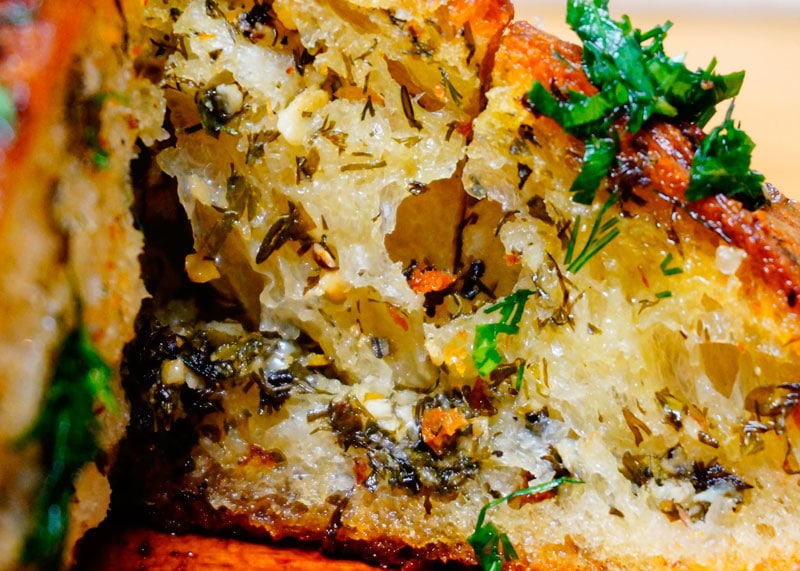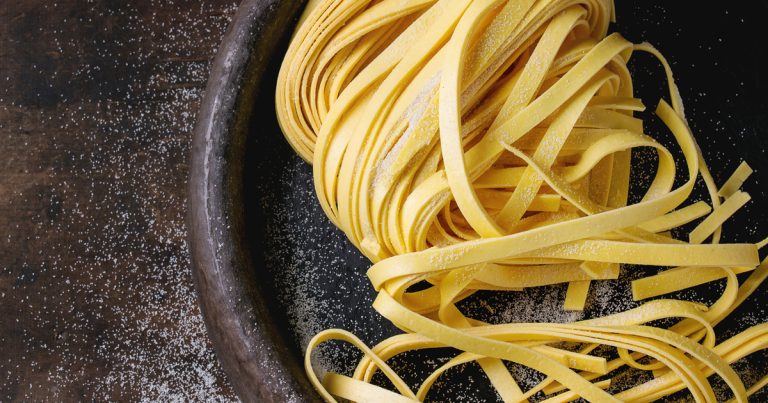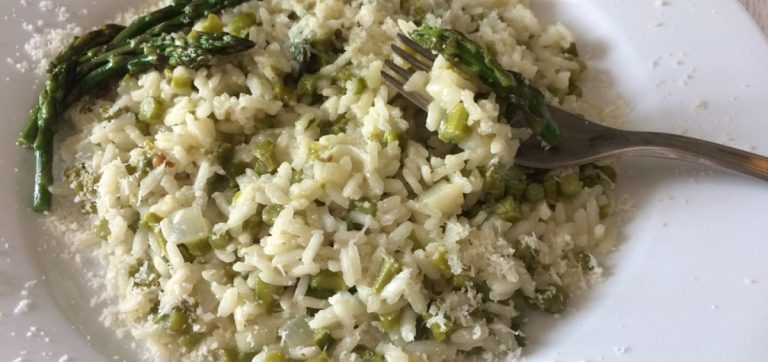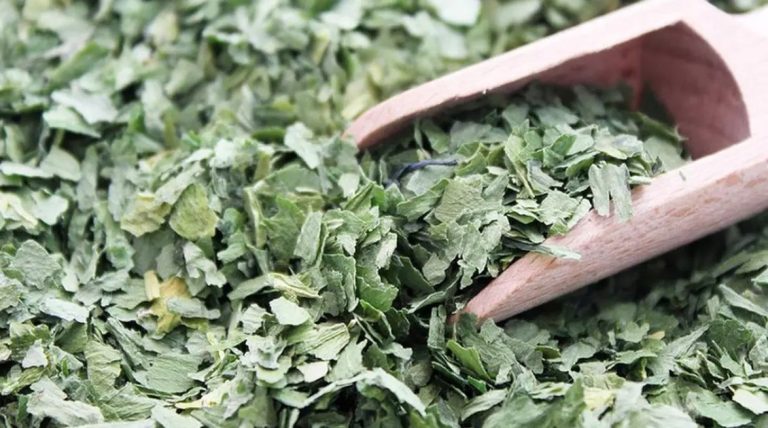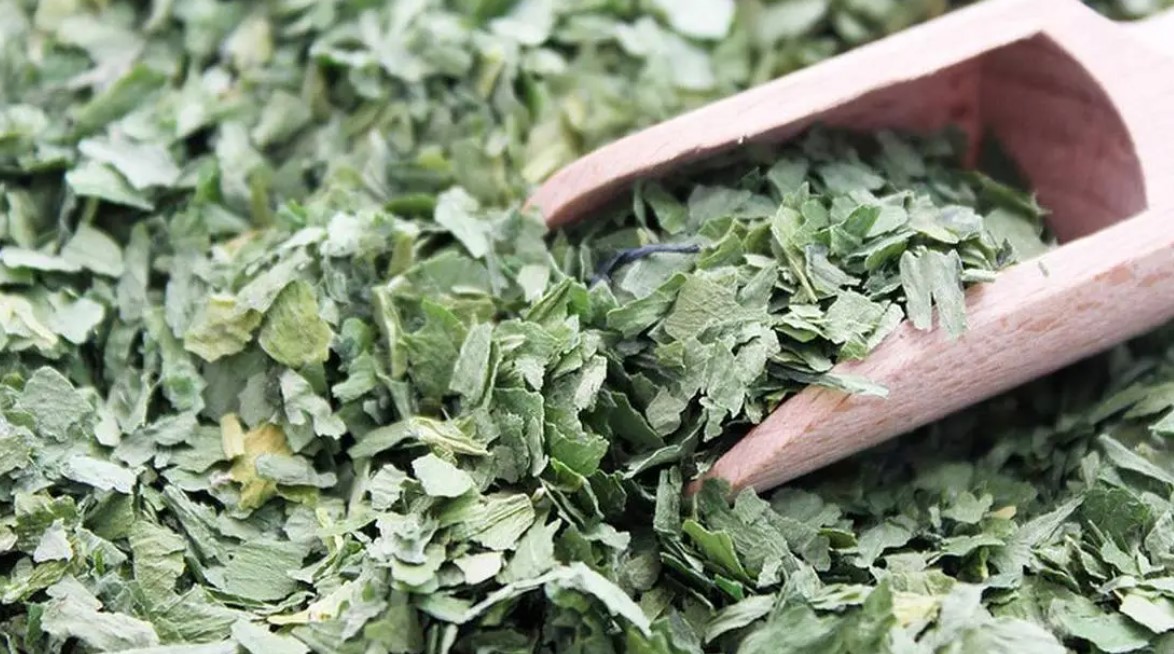A raisin mare is a delicious Easter pastry made from yeast dough. We present a recipe that you can use to easily bake a raisin mare yourself.
Raisin mares are also known by other names depending on the region. In any case, it is a large, bread-like pastry made from a medium-heavy yeast dough. It contains a relatively large amount of fat and sugar. If you like it less sweet, you can also reduce the amount of sugar.
Make sure the ingredients are organic. This is particularly important with ingredients of animal origin, because you can support more species-appropriate animal husbandry.
In general, by buying organic products, you support agriculture that does not use chemical-synthetic pesticides and thus protects the environment and health.
A recipe for raisin mares

Ingredients:
500 g flour (+ something for dusting the mold)
0.5 tsp salt
50 gsugar
50 g butter (+ something to grease the mold)
250 ml milk (+ something for brushing)
1 pack(s) fresh yeast (42g)
1 egg
150 g raisins
Directions:
In a bowl, mix the flour with the salt and sugar. Make a well in the middle.
In a small saucepan, melt the butter. Add the milk and warm it to lukewarm. Add the yeast in small pieces and stir the mixture until the yeast has dissolved.
Pour the yeast milk into the flour well. Gently stir in a little flour with a fork. Let the mixture sit for five minutes.
Add the egg. Using your hands or the dough hooks of a hand mixer or food processor, knead everything together for about 5 minutes until you have a smooth dough. Add some flour or milk if needed. The dough should pull away from the bowl easily and be neither very firm nor very sticky.
Cover the bowl with a clean kitchen towel, put it in a warm place and let the dough rise for about 40 minutes. It should roughly double.
Grease a loaf tin (about 30 centimeters long) with some butter and dust it with flour.
Add the raisins to the dough and knead it again for five minutes.
Shape the dough to fit your baking pan and place it in the pan. Cover and let rise in a warm place for another 45 minutes.
Brush the dough with a little milk for a nice browning and shine. Bake the raisin mares at 170 degrees Celsius for about 40 minutes.
This is how you can vary the raisin mares

If you don’t like raisins, you can replace them with other dried fruits. Dried cranberries or dried cherries are suitable, for example. Fresh fruit is not suitable because it loses too much liquid and the dough then becomes mushy.
You can use plant milk of your choice instead of milk. You can easily replace the butter with margarine.
With 500 grams of flour, the recipe results in a fairly large mare of raisins. It stays fresh in a bread bin for two to three days. You can use leftovers to make French toasts.
Alternatively, you can slice the raisin mares and freeze them. Then you can defrost individual slices. They are particularly tasty if you toast them briefly.


